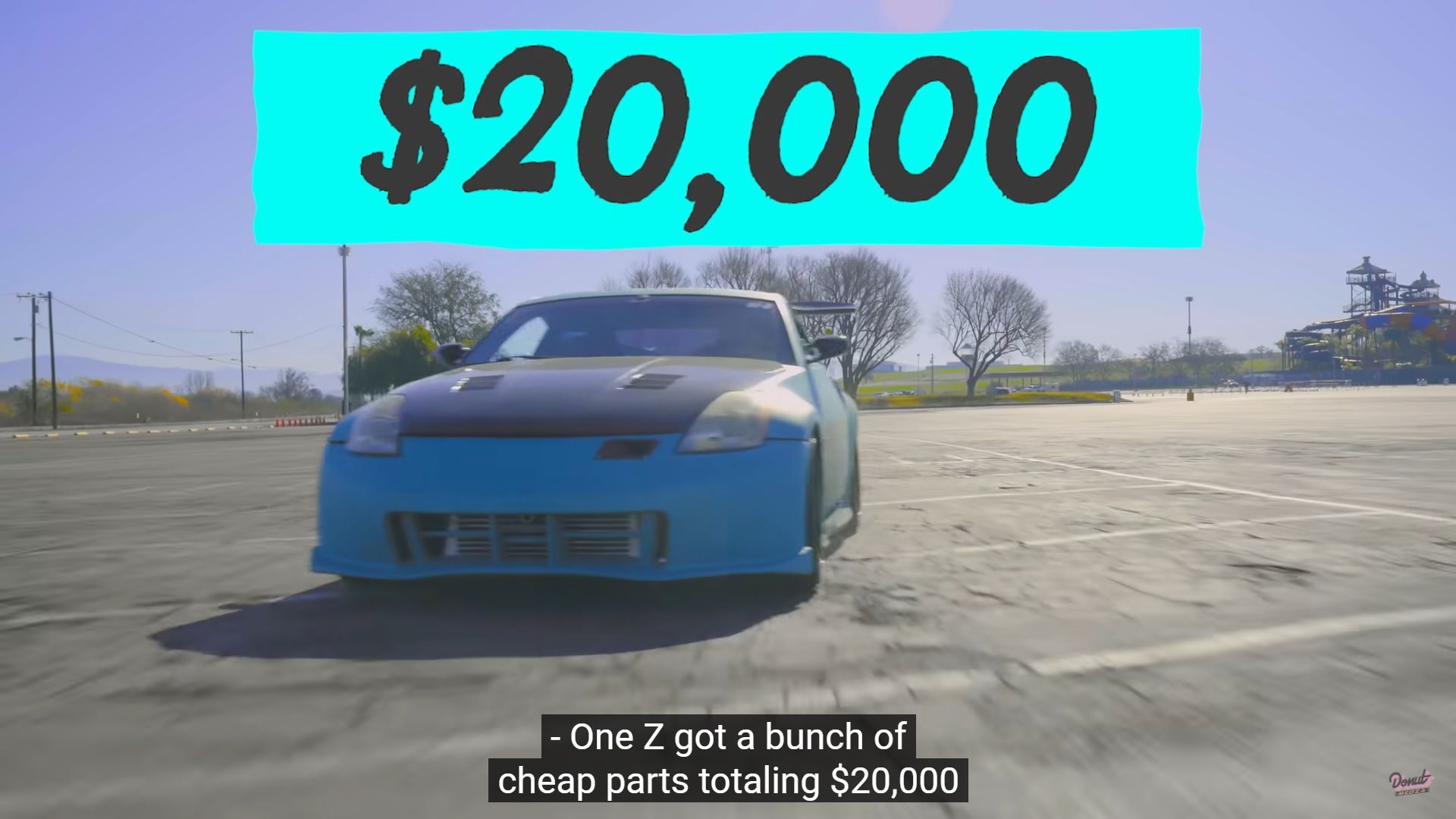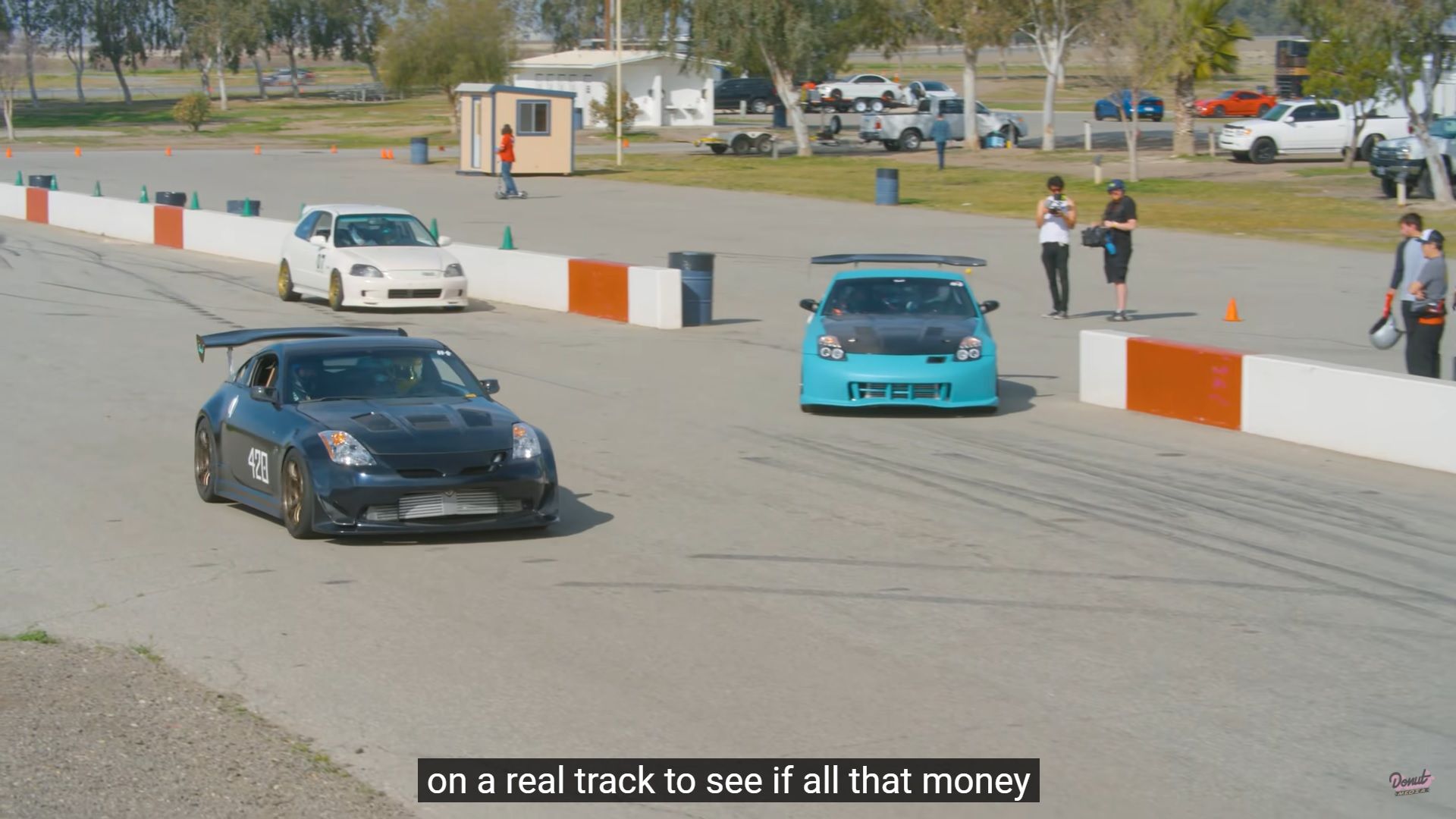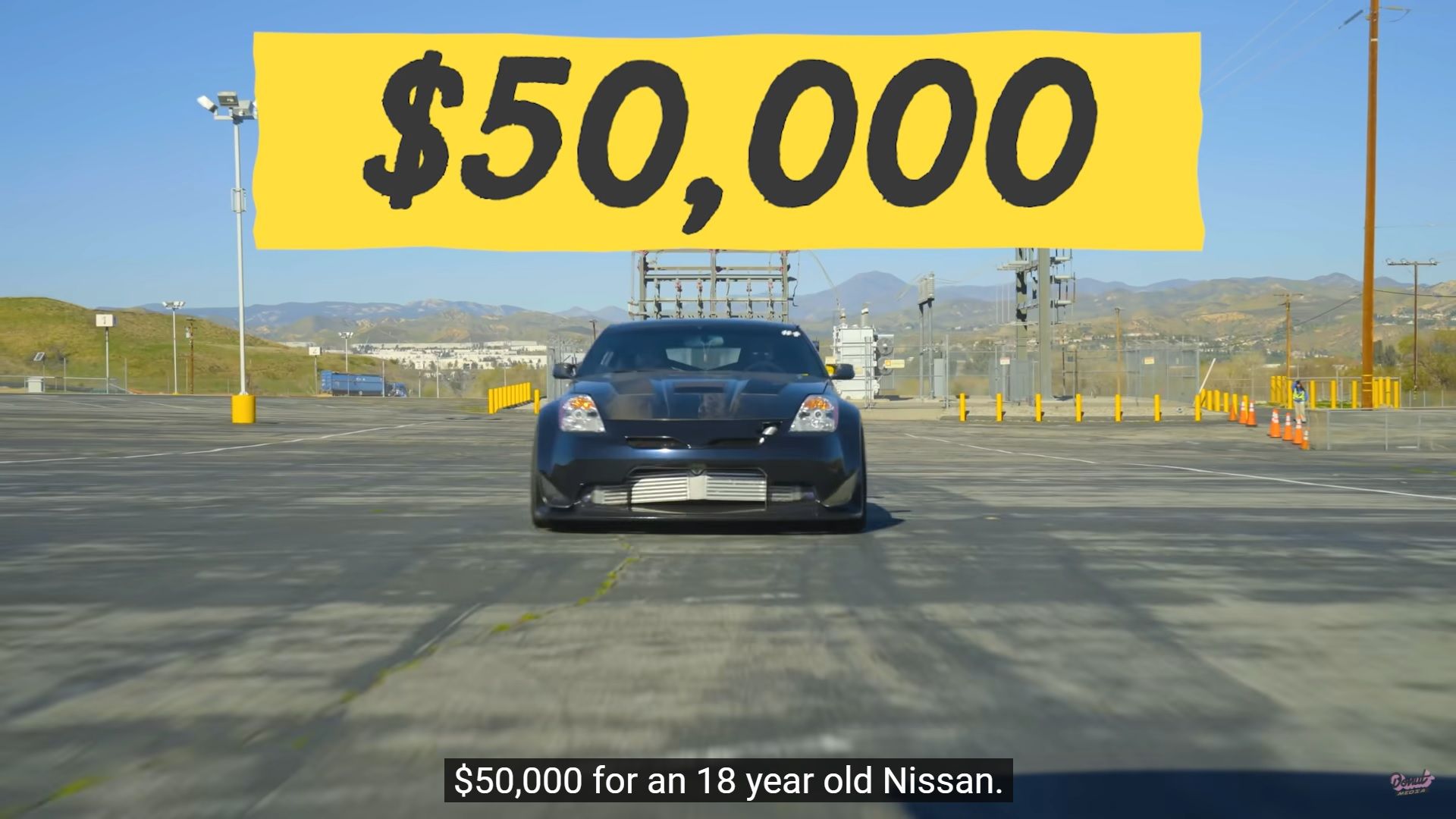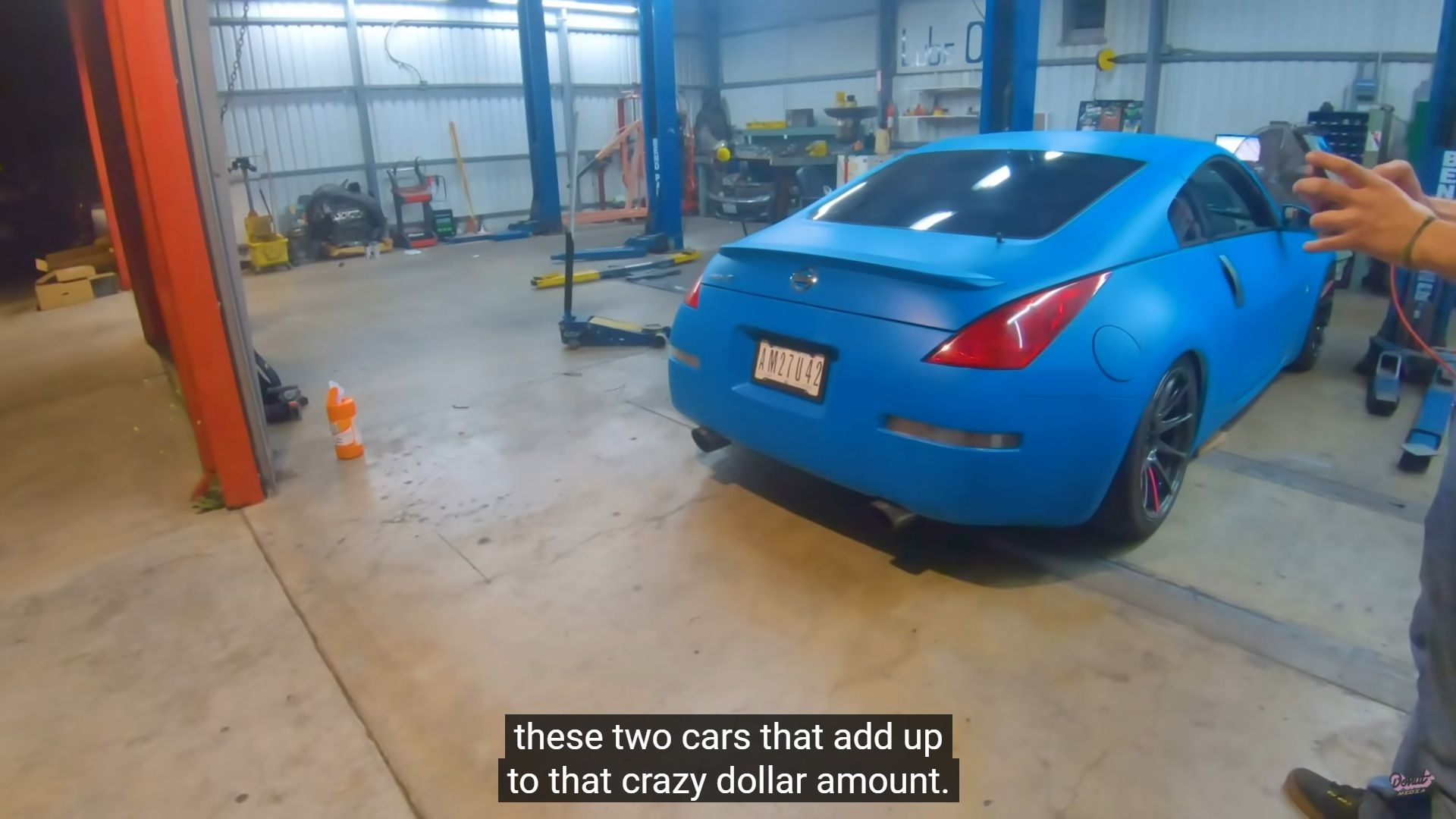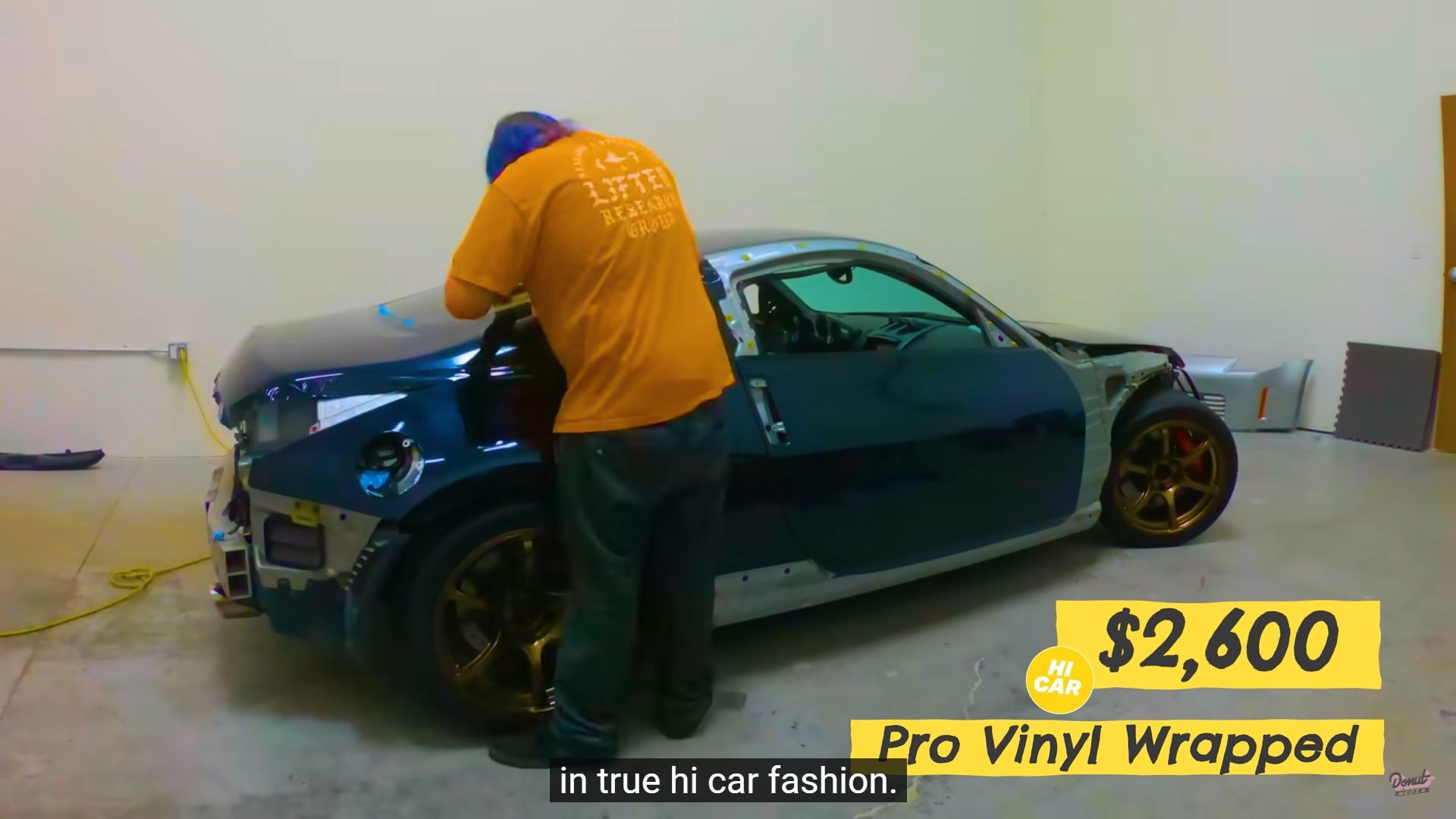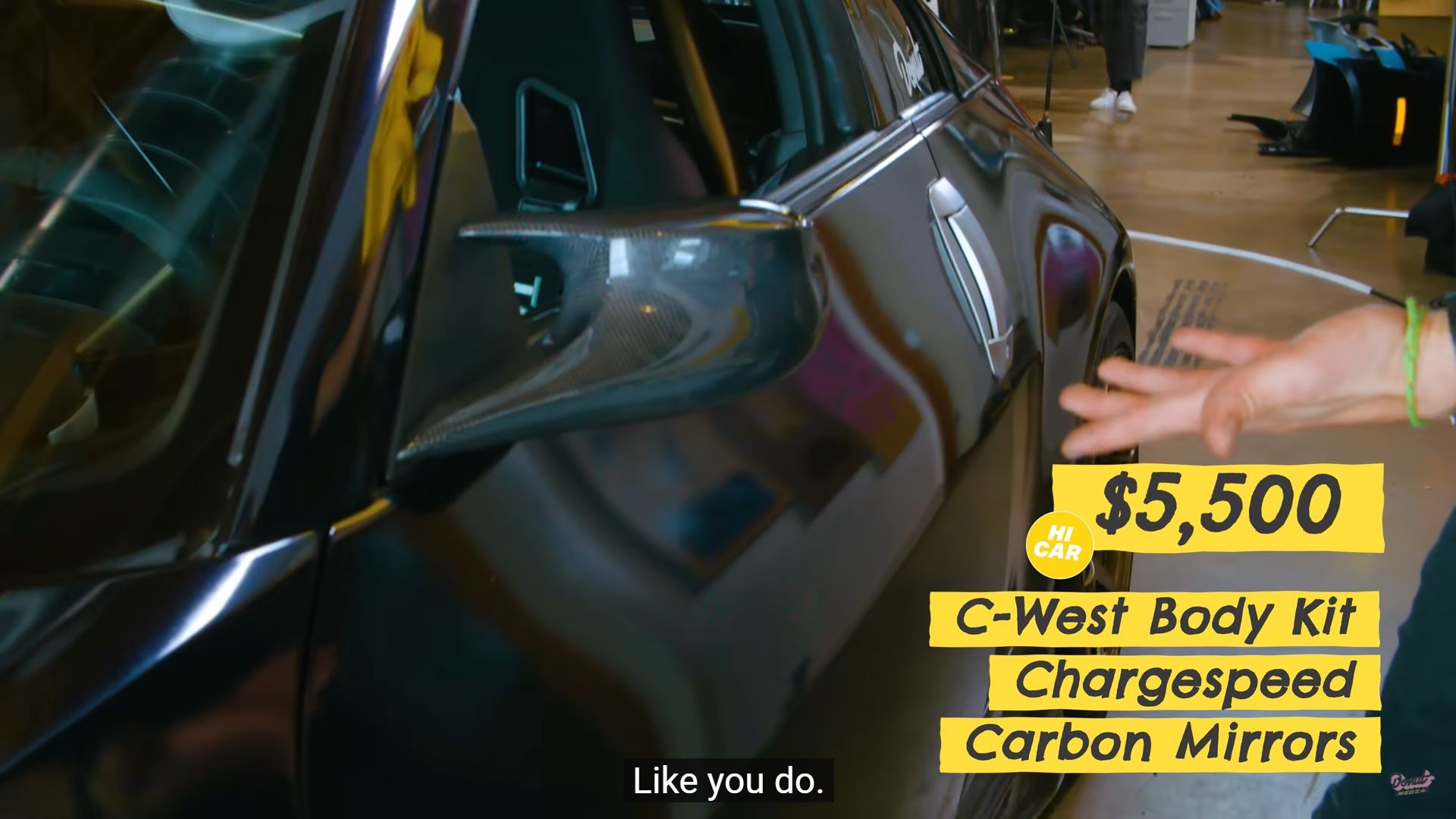The Nissan 350Z is still one of the most popular choices for people out there looking to go all out on a project car. Thanks to a rather solid base, at least for its time, and one that's easy to modify in, effectively, all areas, the 350Z has been the star of countless tuning shows for over 15 years already and people are still customizing, racing, drifting, and showing the Z33 off to this day.
In this context, it's worth asking one of the toughest questions out there: is spending a lot of money on your ride really worth it or can you genuinely shine on a budget?
$20 grand vs. $50 grand, that's a whole new Z in mods
The Z33-generation Nissan Z took the famous Japanese coupe away from its more luxurious and tech-savvy path that it'd been on courtesy of the otherwise much-adored 300ZX and brought it back into the realm of sports car lovers that can't afford to blow the bank on a two-door ride.
Oh, and should we also mention that the base-model 350Z cost just $26,000 back in '03 when it was introduced?
The 350Z's mass appeal however has lots to do with the way it was conceived, not just its rather affordable price point compared to the model it'd replaced. Underpinned by Nissan's widely used FM platform, the 350Z featured a 3.5-liter N/A V-6 (the VQ35DE) that developed 287 horsepower and 274 pound-feet of torque from the factory.
The VQ35HR version that was available from '07 onwards offered almost 20 extra ponies making it more powerful than the Boxster S of the time that developed 294 horsepower from its 3.4-liter engine which wasn't as torquey either.
The power of the Z's V-6 was sent through a six-speed manual down to the wheels, this whole package being hailed as "a very satisfying drive with terrific control feel," by Car & Driver which also said that "the Z swift in a straight line and around corners, effortlessly so."
Road & Track, meanwhile, wrote after the car had already been replaced by the 370Z that "the power, handling — and especially the driving dynamics on twisty roads — are right up there with the best in the world. Plus, it's a bargain."
Indeed, you can find a good one for as little as $10,000 nowadays which brings us back to today's topic: how does a $20,000 modified Z stack up against a $50,000 modified Z?
The instinctual answer is pretty obvious: the one that's the beneficiary of a 35-grand investment must be better but Donut Media went in to see if that really is the case in the real world. How did it go about the job? Well, Donut Media bought two "nearly identical" 350Zs and modified them both with the aim being that both could be daily driven. The difference, of course, was that the 'Low' car got cheap, bottom-of-the-pile parts while the 'Hi' car has been filled to the brim with expensive, top-shelf bits and pieces.
The first order of business - in the case of both of these builds - was to get them low to the ground thanks to some coilovers. Up next came turbo kits, some bigger rims hugged by low-profile tires, and other performance upgrades that would make them fit for track usage on the weekends. But, in order to go to the track and be safe out there, you need a cage. A roll-cage that is. The cheaper car had to make do with a $2,200 steel cage while the 'blessed' one ended up with a Chromoly $5,200 cage (and harnesses included on both cars).
That was, effectively, the trend with each of these builds as the cheaper car, the blue one, was fitted with parts that you'd get if you were on a shoestring budget while the other one, the black car, got all the goodies you can think of while trying to maintain a level playing field meaning that the more expensive car didn't end up featuring any mod that the cheaper one lacked completely. You just have two cars with comparable parts on them, only the ones on the blue one are way cheaper than the ones on the black one. For instance, the C-West body kit on the 'Hi' car cost a cool $5,500 - about half the price of the Z - while the Duraflex body kit on the 'Low' car was so cheap that adding a carbon fiber hood and wing still didn't bump the cost over $1,700.
In the end, both cars were let loose on the track. Well, not really 'loose' since the guys did benefit from the help of some local instructors as it was their first time out driving on an actual race track but they did get to drive alone around Buttonwillow Raceway eventually. The bottom line is that, well, the driver matters a lot when it comes to going fast on the track but you can't ignore the car underneath you either. Although it's safe to say that investing in yourself and working towards bettering your own ability, is a better way of going quicker on the track than by investing in your car. To see who actually won the track challenge you'll have to check the video below!

